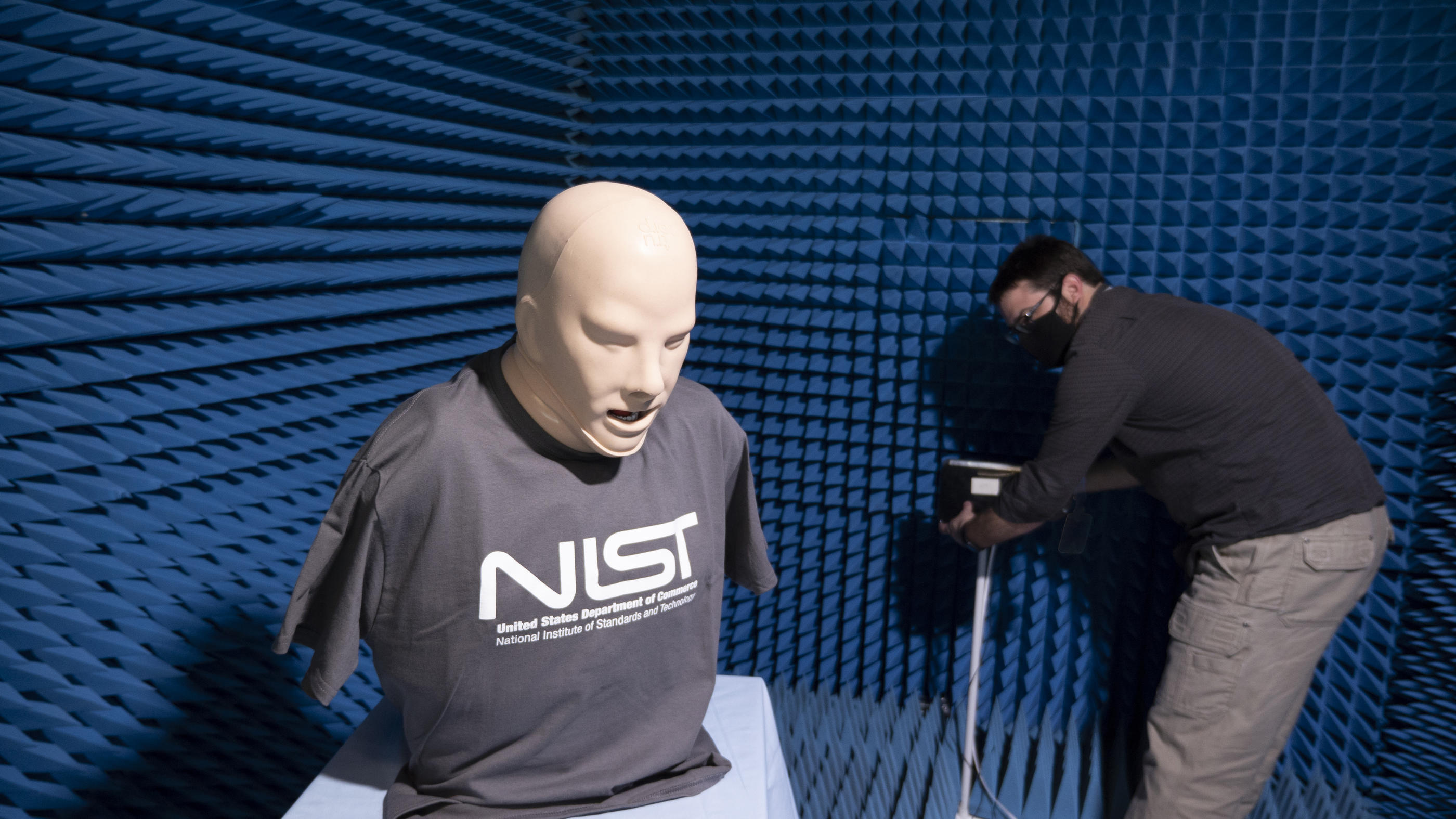Your Wi-Fi router could soon measure your breathing — here’s how
Wi-Fi signals can be used for more than just sending data back and forth

From sleep apnea to catathrenia (otherwise known as sleep groaning), a lot of breathing problems present themselves at night when we’re tucked in bed. That makes them difficult to detect and even harder to diagnose. Fortunately, scientists at the National Institute of Standards and Technology (NIST) have developed a way to use your existing Wi-Fi router to measure your breathing and identify when you’re struggling to breathe.
If you’re using one of the best Wi-Fi routers or even one of the best mesh Wi-Fi systems at home, these devices are continuously broadcasting radio frequencies. As these invisible frequencies travel around your home, they bounce off or pass through everything around them, including walls, furniture and even people.
Your movements and even your breathing slightly alter the path of your router’s Wi-Fi signal as it travels to your smartphone, laptop and other connected devices. So NIST has devised a way to analyze these minuscule changes to figure out if someone in your home is having trouble breathing.
BreatheSmart and Wi-Fi signals
Back in 2020 when ventilators were scarce due to the early days of the Covid-19 pandemic, Jason Coder, who leads the Shared Spectrum Metrology Group, and other scientists at NIST were thinking of a way they could help. However, as there wasn’t time to develop a new device, they thought about ways they could use existing technology instead.
Coder worked with colleagues at the FDA’s Office of Science and Engineering Labs along with his research associate Susanna Mosleh to use existing Wi-Fi routers to measure the breathing rate of a person in the same room.
To do so, they used the channel state information (CSI) — a set of signals sent from a laptop or smartphone to a router — to observe distortions as a Wi-Fi signal bounces off a person. This required the team at NIST to modify the firmware of a router to get these CSI streams more frequently (up to 10 times per second) so that they could have a more detailed picture of how the signal was changing.

Coder and his colleagues set up a special manikin which replicates breathing conditions like abnormally slow breathing (bradypnea), abnormally rapid breathing (tachypnea), asthma, pneumonia and other chronic obstructive pulmonary diseases (COPD) in an anechoic chamber along with an off-the-shelf Wi-Fi router and receiver. As the manikin breathed, the movement of its chest altered the path of the Wi-Fi signal. While the scientists were able to collect a lot of data, they still had to make sense of it all.
Get instant access to breaking news, the hottest reviews, great deals and helpful tips.
For this, they developed a deep learning algorithm called BreatheSmart that combed through all of the CSI data they captured. The algorithm was then able to recognize patterns that indicated different breathing problems with a success rate of 99.54%.
A framework for future programs
Even though NIST’s BreatheSmart algorithm works well and is able to identify a number of different breathing conditions, it won’t be rolling out to the public anytime soon. Instead, Coder and Mosleh hope developers will use the process presented in their research paper to create others programs to remotely monitor breathing. Coder provided further insight into NIST’s work on developing BreatheSmart in a press release, saying:
“All the ways we’re gathering the data is done on software on the access point (in this case, the router), which could be done by an app on a phone. This work tries to lay out how somebody can develop and test their own algorithm. This is a framework to help them get relevant information.”
Now that scientists have demonstrated how to use Wi-Fi signals to measure breathing, we could soon see other applications for this technology. Who knows —your Wi-Fi router just might save your life one day.

Anthony Spadafora is the managing editor for security and home office furniture at Tom’s Guide where he covers everything from data breaches to password managers and the best way to cover your whole home or business with Wi-Fi. He also reviews standing desks, office chairs and other home office accessories with a penchant for building desk setups. Before joining the team, Anthony wrote for ITProPortal while living in Korea and later for TechRadar Pro after moving back to the US. Based in Houston, Texas, when he’s not writing Anthony can be found tinkering with PCs and game consoles, managing cables and upgrading his smart home.
